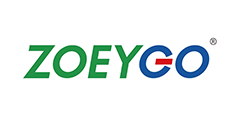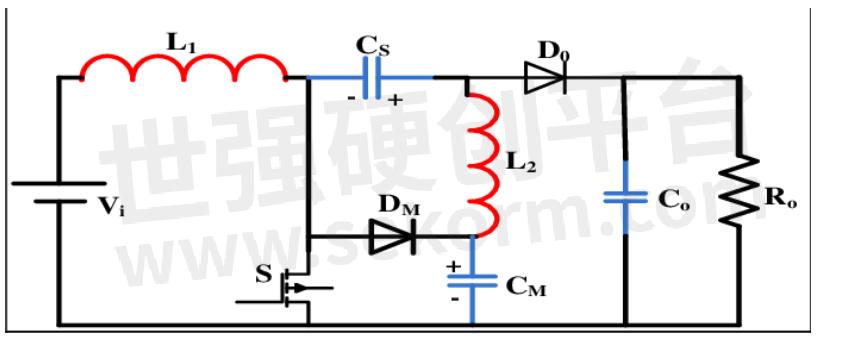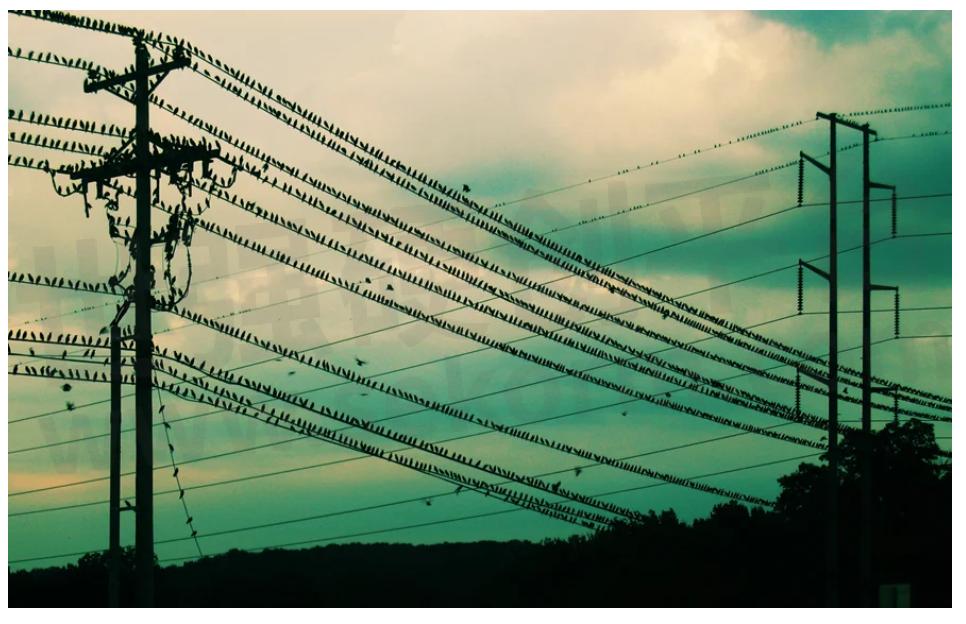Bidirectional DC DC Converter: A Solution for Efficient Power Conversion in Renewable Energy Systems

As the world is moving towards sustainable energy sources, renewable energy systems are gaining immense popularity. However, the energy produced by these systems is often variable and unpredictable, making it challenging to integrate them into the existing power grids. To overcome this challenge, a bidirectional DC-DC converter has emerged as a promising solution. This article discusses the bidirectional DC-DC converter and its role in efficient power conversion in renewable energy systems.
What is a Bidirectional DC-DC Converter?
A bidirectional DC-DC converter is a power electronics device that can convert the direct current (DC) voltage from one level to another by switching between the input and output voltages. It can work in both directions, i.e., it can convert the energy from a renewable energy source (such as solar panels or wind turbines) to the grid or from the grid to the renewable energy source. Hence, a bidirectional DC-DC converter acts as a bridge between the renewable energy systems and the power grid.

Fig.1
How Does a Bidirectional DC-DC Converter Work?
The operation of a bidirectional DC-DC converter is based on the principle of pulse width modulation (PWM). PWM is a technique that controls the power transfer by varying the duty cycle of the switching device. In a bidirectional DC-DC converter, the duty cycle of the switching device is controlled such that the input and output voltages are maintained at the desired levels.
In the case of a renewable energy system, the bidirectional DC-DC converter controls the power flow from the renewable energy source to the grid. When the energy produced by the renewable energy source is more than the demand of the grid, the excess energy is stored in a battery. The bidirectional DC-DC converter then converts the DC voltage of the battery to AC voltage, which is fed to the grid. On the other hand, when the demand of the grid is more than the energy produced by the renewable energy source, the bidirectional DC-DC converter converts the AC voltage from the grid to DC voltage and charges the battery.

Fig.2
Advantages of Bidirectional DC-DC Converter in Renewable Energy Systems
Efficient Power Conversion: A bidirectional DC-DC converter provides efficient power conversion by controlling the power flow between the renewable energy source and the grid. It ensures that the energy produced by the renewable energy source is used effectively and the excess energy is stored for future use.
Increased Reliability: A bidirectional DC-DC converter increases the reliability of the renewable energy system by providing a constant supply of energy to the grid. It ensures that the energy demand of the grid is met without any interruptions.
Reduced Cost: A bidirectional DC-DC converter reduces the cost of the renewable energy system by eliminating the need for additional equipment such as inverters and rectifiers. It also reduces the cost of energy storage by using the battery to store the excess energy.
Conclusion
A bidirectional DC-DC converter is a promising solution for efficient power conversion in renewable energy systems. It provides efficient power conversion, increased reliability, and reduced cost, making it an ideal solution for integrating renewable energy systems into the existing power grids. As the world moves towards sustainable energy sources, the bidirectional DC-DC converter will play a crucial role in meeting the energy demands of the future.
- +1 Like
- Add to Favorites
Recommend
- Bidirectional DC DC Converter: A Comprehensive Overview
- Bidirectional DC DC Converter: A Solution for Efficient Power Transfer
- Bidirectional DC DC Converter: Principles and Applications
- Bidirectional DC DC Converter: An Innovative Solution for Efficient Power Transfer
- Bidirectional DC DC Converter: Principles, Topologies, and Applications
- Bidirectional DC DC Converter: A Two-Way Power Transfer Solution
- Bidirectional DC-DC Converter: An Efficient Solution for Power Conversion
- Bidirectional DC-DC Converter: An Innovative Solution for Efficient Power Conversion
This document is provided by Sekorm Platform for VIP exclusive service. The copyright is owned by Sekorm. Without authorization, any medias, websites or individual are not allowed to reprint. When authorizing the reprint, the link of www.sekorm.com must be indicated.






























































































































































































































































































































































































































































































































































































































































































































































































































































































